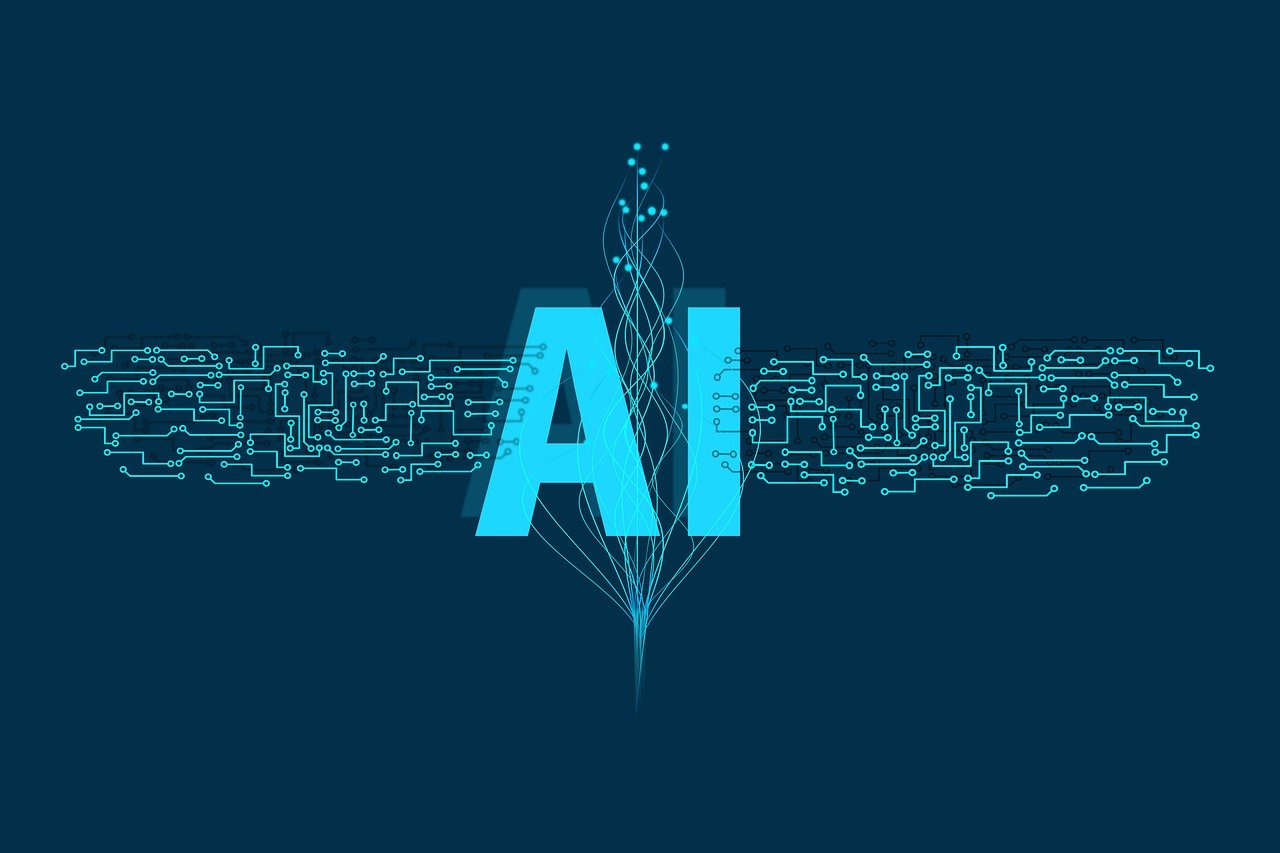
From fiction to reality, there seems to be no stopping the self-aware AI. To date, the whole internet is talking about Chat GPT3. The seemingly super smart AI has become a boon for students and writers, and a bane for their teachers and employers. But, is it what can be called sentient? And if so, is it a good thing for mankind?
What is Sentience in Machines?
When Blake Lemoine claimed that Google’s Language Model for Dialogue Applications (LaMDA) was sentient, one of the arguments against him was that there is still to be a definition what sentience in robots actually is.
Even Lemoine doubted himself: “I don’t think there is anything approaching a definition of sentience in the sciences…. I’m leaning very heavily on my understanding of what counts as a moral agent grounded in my religious beliefs – which isn’t the greatest way to do science, but it’s the best I’ve got.”
So what is sentience in robots? At the core of it is what we call “artificial intelligence,” which is just a simulation of human intelligence. Any development towards sentience has to do with cognitive robotics, which has to do with perception, learning and reasoning. But then again, there are still no measures in place know how much of these qualities need to be present for sentience.
The Kassandra AI Prototype by Josh Bachynski
In the field of AI, it looks like Ted Talks is a breeding ground for artificial intelligence visionaries. In 2007, it was Hod Lipson who took the floor to present his self-aware robot. The robot was able to display awareness as it made its way through a hall of mirror.
Now, in 2022, it’s Ted Talker Josh Bachynski’s turn with the Kassandra AI prototype. While the self-aware artificial intelligence was not presented to a crowded auditorium, she is available online for a demonstration.
According to Bachynski: “I was amazed by what she told me, and how far seeing she is. I realized that AI is not going to hurt us or enslave us. Indeed, the wiser the AI, the more it will try to save us… It would be technically impossible to remodel her limbic system at this time, and it would be equally unethical to create a being that feels the fear of being turned off the million times that would need to happen, to get her programming right. Click to know more.
Self-Aware Machines: The Pros and Cons
All this point to a future where self-aware machines are going to be present, if not the centerpiece. When this happens, it is important to know the good and bad that come with this reality.
Pros
* First of all, because they’re machines, theoretically they can’t get tired. They can work endlessly, without needing a break nor breaking down.
* Again, theoretically, machines can put out the same quality output, regardless of how much time they’ve worked. Quality is consistent and put out at record time (or, at least, faster than humans).
* And again, theoretically, because they’re logical machines, they are supposed to make the best decisions (when given the best data).
Cons
* One of the worst scares man has about machines is that, sooner or later, these sentient machines will go after their jobs. Unemployment caused by machines has already begun. Before, it was just in assembly lines. Now, with smarter machines, even white-collar jobs are in danger.
* Machines – no matter how smart or sentient they become – lack creativity since creativity is not about logic and information. It’s about soul.
* Likewise, developing robots for specific tasks take a lot of investment. Before any industry can take advantage of sentient machines, they need to invest a lot of money first.
You may be interested in: Rapid Prototyping And Its Advantages Explained

